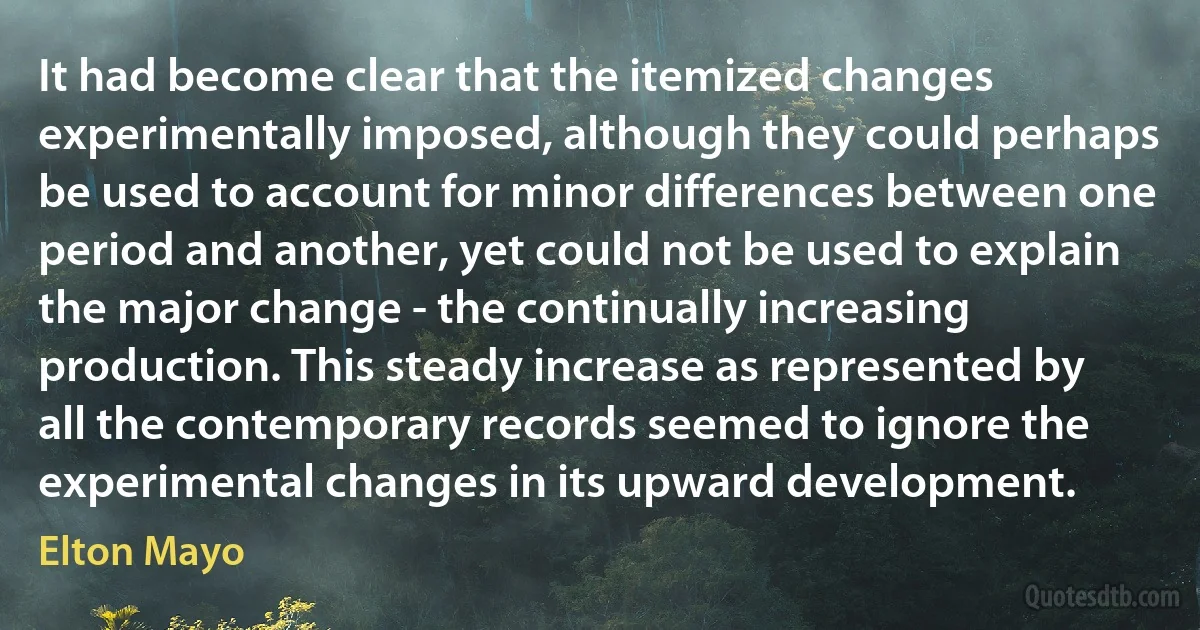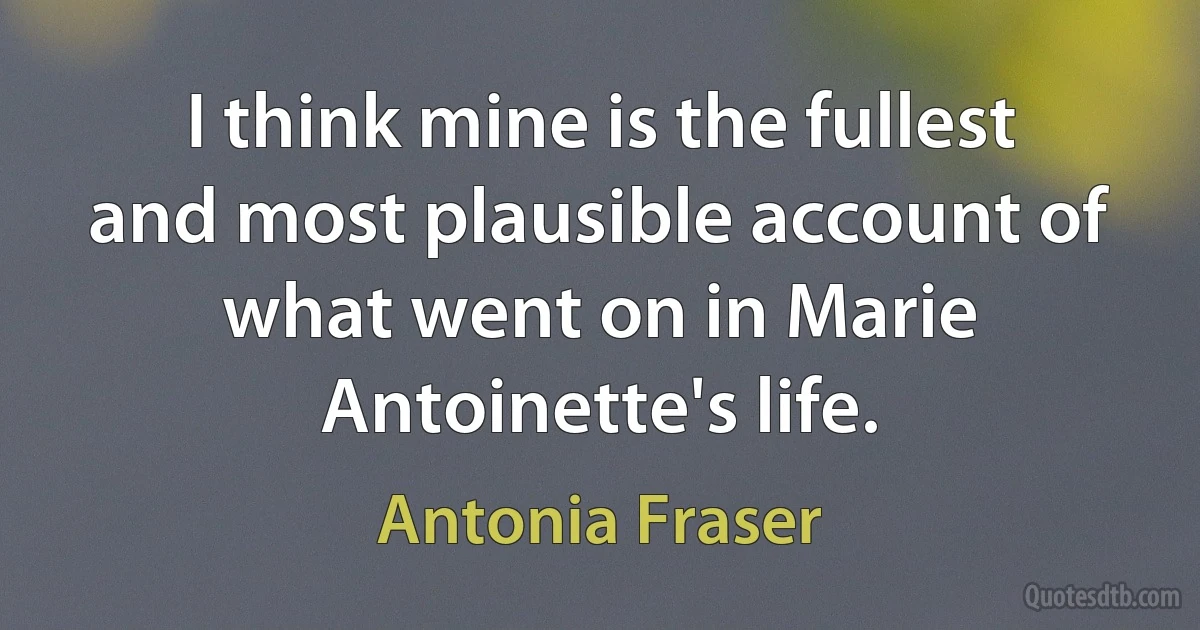Account Quotes - page 32
What of the term 'meaning'? In the preceding discussion the term 'meaning' has been deliberately avoided. In general it is well to avoid this term in discussions of signs; theoretically, it can be dispensed with entirely and should not be incorporated into the language of semiotic. But since the term has had such a notorious history, and since in its consideration certain important implications of the present account can be made clear, the present section is devoted to its discussion.

Charles W. Morris
A girl of seven or ten years old is held to be the equal partner in a crime where another and a stronger is the principal; because she is in so many ways hampered and harmed by laws and customs pertaining to the past, we reach out hands of help especially to her that she may overtake the swift-marching procession of progress, for its sake that it may not slacken its speed on her account as much as for hers that she be not left behind.
I brought to the last Council our petition to Congress for the protection of women, which was responded to by raising the age of consent from .......... to sixteen years.

Frances Willard
The researches of the last thirty or forty years into the history of mathematics (I need only mention such names as those of [Carl Anton] Bretschneider, Hankel, Moritz Cantor, [Friedrich] Hultsch, Paul Tannery, Zeuthen, Loria, and Heiberg) have put the whole subject upon a different plane. I have endeavoured in this edition to take account of all the main results of these researches up to the present date. Thus, so far as the geometrical Books are concerned, my notes are intended to form a sort of dictionary of the history of elementary geometry, arranged according to subjects; while the notes on the arithmetical Books VII.-IX. and on Book X follow the same plan.

Thomas Little Heath
The method of exhaustion was not discovered all at once; we find traces of gropings after such a method before it was actually evolved. It was perhaps Antiphon. the sophist, of Athens, a contemporary of Socrates, who took the first step. He inscribed a square (or, according to another account, a triangle) in a circle, then bisected the arcs subtended by the sides, and so inscribed a polygon of double the number of sides; he then repeated the process, and maintained that, by continuing it, we should at last arrive at a polygon with sides so small as to make the polygon coincident with the circle. Thought this was formally incorrect, it nevertheless contained the germ of the method of exhaustion.

Thomas Little Heath
It would be inconvenient to interrupt the account of Menaechmus's solution of the problem of the two mean proportionals in order to consider the way in which he may have discovered the conic sections and their fundamental properties. It seems to me much better to give the complete story of the origin and development of the geometry of the conic sections in one place, and this has been done in the chapter on conic sections associated with the name of Apollonius of Perga. Similarly a chapter has been devoted to algebra (in connexion with Diophantus) and another to trigonometry.

Thomas Little Heath
Viewed from the standpoint of social science, society is composed of individuals organized in occupational groups, each group fulfilling some function of the society. Taking this fact into account, psychology – the science of human nature and human consciousness – is able to make at least one general assertion as to the form a given society must take if it is to persist as a society. It must be possible for the individual as he works to see that his work is socially necessary; he must be able to see beyond his group to the society.

Elton Mayo
So long as commerce specializes in business methods which take no account of human nature and social motives, so long may we expect strikes and sabotage to be the ordinary accompaniment of industry. Sabotage is essentially a protest of the human spirit against dull mechanism. And the emphasis which democracy places upon political methods tends to transform mere sporadic acts of sabotage into an organized conspiracy against society.

Elton Mayo
Ensour: The region's political instability is expected to persist through 2015 and possibly escalate in coming years. Unsurprisingly, Jordan has been affected by the crisis and it remains a major challenge facing the economy. Since the conflict in Syria began five years ago, over 1.4m Syrians refugees have fled to Jordan and now account for about 20% of the kingdom's population. Demand for services like health, education and electricity are soaring. For example, since the beginning of the crisis there has been a 20% increase in water consumption at the national level and a 40% jump in the north. Jordan is the second-most-water-scarce country in the world, so the economic implications of this burden are certain to weigh on foreign investors' calculations. The global community must share this burden and more tangible support is needed to enhance Jordan's resilience and maintain its position as the safe haven of the region.

Abdullah Ensour
Life is a magic garden. With wondrous softly shining flowers, but between the flowers there are the little gnomes, they frighten me so much, they stand on their heads, and the worst is, they call out to me that I should also stand on my head, every once in a while I try, and I die of embarrassment; but sometimes the gnomes shout that I am doing very well, and that I'm indeed a real gnome myself after all. But on no account I will ever fall for that.

L. E. J. Brouwer



